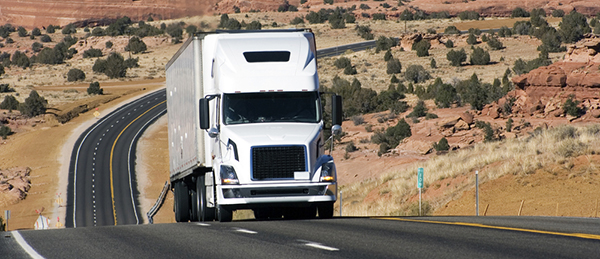Self-Driving Semi-Trucks to Hit the Road in Phoenix
Self-driving automobiles have already made an impact on Arizona’s streets and highways. According to Waymo, Google’s project behind the self-driving vehicle, semi-trucks equipped with this technology will begin driving in the Phoenix area for testing.
The semi-trucks use the same technology as the smaller vehicles, except for using a sensor configuration that accounts for the larger size and extended length.

Each vehicle comes with the long-range lidar that Waymo’s system uses, with one placed on either side of the truck to help it see further to the back with the trailer in place.
Waymo has been testing this technology in the Phoenix area, as well as California and Georgia, in different periods since at least 2017. It is part of a plan that includes an expansion of additional routes and more self-driving trucks in other markets over time.
Are Self-Driving Semi-Truck Technologies Safe?
Although there are definite advantages to consider with a self-driving semi-truck, this technology still requires some development. Operators in this industry are finding that bright sunlight and glare can interfere with camera operation. Sand and snow can cause issues with road recognition.
A self-driving semi-truck has no way to look at another driver or anticipate what a pedestrian might do along a roadway. This limitation may be one of the most significant disadvantages of this technology at this time.
There are also some tremendous advantages to consider with this technology. Self-driving semi-trucks could create chains of vehicles to take advantage of the cost benefits of platooning. By having multiple trucks driving behind one another, each one connected through various data points, the reduction in wind drag would save on fuel costs.
You could even equip the first semi-truck with a driver, and then use the self-driving technology to create chains of traffic behind the driver to reduce the safety hazards of human error.
Rio Tinto, which is a mining corporation in Australia, reports that it has transported over 1 billion tons of raw materials from its facilities without a single injury using self-driving technologies. Now those benefits could be coming to the Phoenix area.
What Is the Future of Self-Driving Vehicles?
Since the introduction of automated and autonomous driving systems in the United States in 2013, there have been six accident-related fatalities that have caused delays in the rollout of this technology.
Companies like Visteon use data from the mapping tools and sensors equipped to a self-driving semi-truck or another vehicle to warn drivers about upcoming road conditions. The future of the heads-up display might include color-coded icons for pedestrians, cars, and intersections.
The Consumer Technology Association reports that over 60% of drivers want to replace their vehicle with self-driving technologies. With Waymo bringing back these semi-trucks to Phoenix highways, it looks like we might take one more step toward the future.
